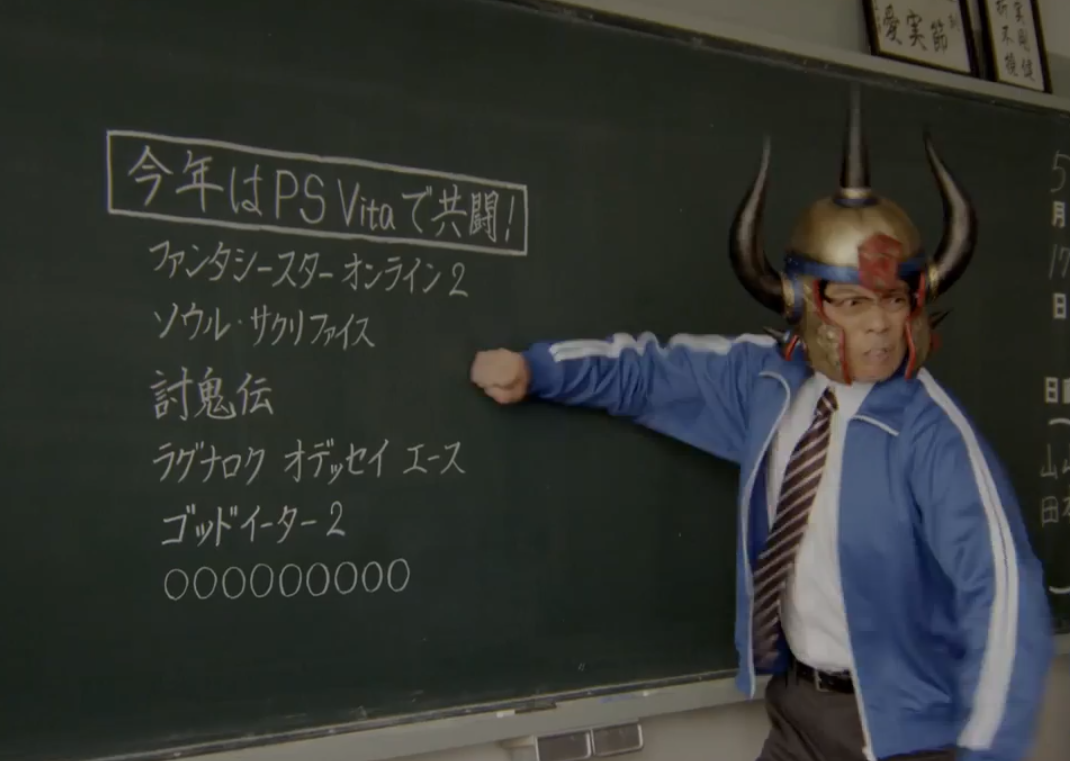 |
| Resident Evil: Operation Racoon City. Japanese music and original idea, Canadian development and world wide QA process. |
Earlier this term, I identified that one of the issues that makes cross-cultural analysis of games is the identification of culture-related elements in specific titles or genres. One of the reasons as to why this is difficult in modern games is that video games' means of production are now mostly deterritorialized all over the world: a Japanese games like Resident Evil might be designed by Japanese staff, but other elements of its production (voice acting, cut-scenes, programming, quality insurance testing, ... ) can now be taken care of by subsidiaries or third party companies located all over the world. Then, how is this new creation method influencing our understanding of video games as cultural texts attached to conception of nationhood? How can we tell with confidence to what extend a game is "Japanese" or not? Both major articles we read this week (Aoyama and Izushi's exploration of the creative foundations of the Japanese game industry as well as Consalvo's reflections on the hybridization of the game industry) take this issue at heart.
In the first text, Aoyama and Izushi points out to the many cross-sectoral exchanges in the numerous media industries in Japan to explain how deeply games produced in Japan are connected to local industries. From the deep tied between hardware and software manufacturers to the cross-sectoral labor exchanges between the animation and manga business to the software companies (that offers higher wages), the Japanese game industry was born as an integral part of its contemporary entertainment industry, not as an alternative to it as it was the case in North American and Europe. From this point of view, Aoyama and Izushi's research can lead to look at Japanese video games as a homogenous package that only feeds from Japanese culture and that necessarily represent Japanese culture as well. The weak point of this argument, however, can easily be seen in the light of the recent transnationalization of video game development itself. Collaborations with foreign studios as well as the acquisition of outside subsidiaries are trends that go against this interpretation. Looking at the level of production and design, then, might be more misleading than anticipated in our search for cultural specificity of games.
 | ||||||||
| Cross-sectoral exchanges in the Japanese content industry becomes very clear with Akira Toriyama who contributed to the success of many games like Dragon Quest and Chrono Trigger. |
Consalvo introduces a different perspective on the same issue. Focusing on Square-Enix as a major video game publisher, she argues that the contemporary video game industry spearheads a movement towards the hybridization of business as opposed to an Americanization. The fact that a Japanese developer has invaded the American entertainment market by exporting Japanese product represent, for Consalvo, a change in culture from patterns of consumption of entertainment. But does Square-Enix really represent Japaneseness? While the company certainly wants to promote this image for marketing purposes, one can wonder to what extend the company is sanitizing the image of the Japanese content industry in order to conform to the consumers' idea of Japaneseness. At the time of the release of FFXIII for example, numerous interviews of Square-Enix staff included heavy emphasis of the Japaneseness of the design of this particular JRPG (!). One can wonder if Japaneseness is just a keyword to exoticize a product rather than a truly aesthetic exercise. In a way, basis an interpretation of Japaneseness based on Square-Enix's definition really puts us in a situation where close readings of games is not necessary because Japaneseness is just an incommensurable element of design that lives more in the imagination of slogan-makers and consumers than in the product themselves. Where, then, should we look for while searching for national culture in video games?




